

Vivo X80 Pro Review: A Pricey Flagship That Focuses On Its Cameras
source link: https://www.slashgear.com/867915/vivo-x80-pro-review-a-pricey-flagship-that-focuses-on-its-cameras/
Go to the source link to view the article. You can view the picture content, updated content and better typesetting reading experience. If the link is broken, please click the button below to view the snapshot at that time.
Vivo X80 Pro Review: A Pricey Flagship That Focuses On Its Cameras
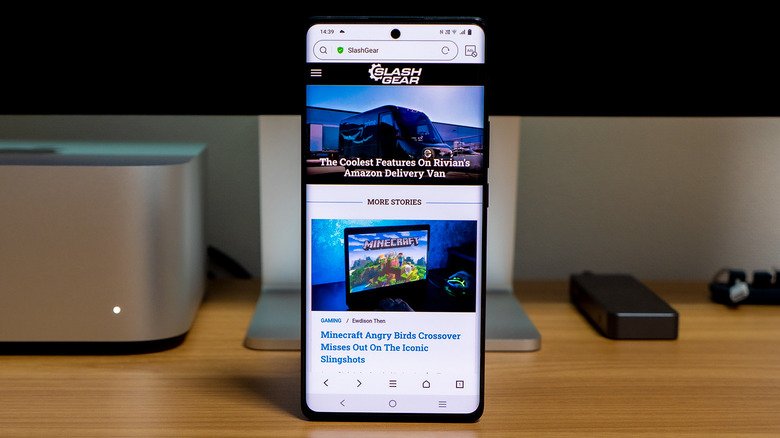
- Pro-level camera output
- Excellent performance and cooling
- Large, fast-charging battery
- Awkward, asymmetric camera design
- Micro-gimbal was removed from ultra-wide camera
Foldables and rollables might be the new trends in the smartphone market, but the one thing that has remained throughout the years amid all the hype and buzz is the focus on camera quality. Even when the Galaxy Z Fold 3 came out with impressive features and a flexible, folding display, it was still heavily criticized for having mediocre (but not terrible) cameras. Almost all smartphone makers naturally talk about their latest achievements in the photography department, but a few of them have turned it almost into an obsession.
Doubling down on what it may have discovered to be its true calling, the Vivo X80 Pro tries to once more put mobile photography up on a pedestal, both in form and in function. But is its camera focus all just hype, or does it really have the goods to deliver? We gave the smartphone a good whirl to find out.
Design and feel
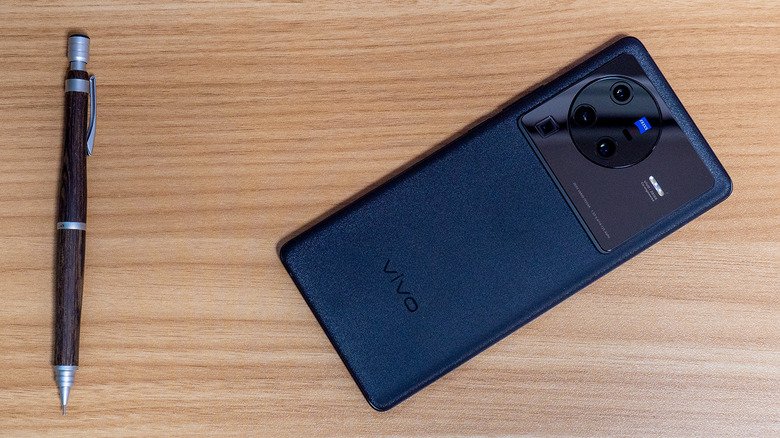
Many smartphone companies try to paint mobile photography as the raison d'être for this or that model, but some really take that to heart and visually design their phones around the cameras. Some even take it to the extreme, putting cameras front and center, at least on the back. The Vivo X80 Pro is the same, yet different. Perhaps the best way to describe the model is that it puts the cameras off-center instead.
Vivo is proud of how it has enclosed the lens within a circle motif to pay tribute to professional cameras. It is, however, a very superficial association, considering Vivo's design can hardly be considered as balanced as those dedicated cameras are in terms of design. Just like with last year's Vivo X70 Pro+, almost all visual elements are off to one side, leaving the opposite (right) half of the module practically barren. This year, however, the form is even more askew with the periscope telephoto camera sitting alone outside that circle. It isn't even aligned with the rest of the lenses, giving off a rather chaotic impression. The design calls attention to the cameras in the wrong way, which is a shame considering how great the hardware actually is, as we'll see later.
Aside from that drastic change in camera design, the Vivo X80 Pro is pretty much a dead ringer for its predecessor. Very little has changed, from the way the screen curves sharply to the edges to the super-thin bezels around the screen to the punch-hole camera right in the middle of the forehead. Unless you flip it over on its face, you might even mistake this phone for the Vivo X70 Pro. That's not exactly a bad thing as far as establishing the brand's visual identity goes. It also sort of suggests that Vivo decided it was more important to spend resources on upgrading the photography experience rather than changing the phone's design. If only it could have stuck with last year's more balanced camera bump, even if that, too, had its flaws.
Display and audio
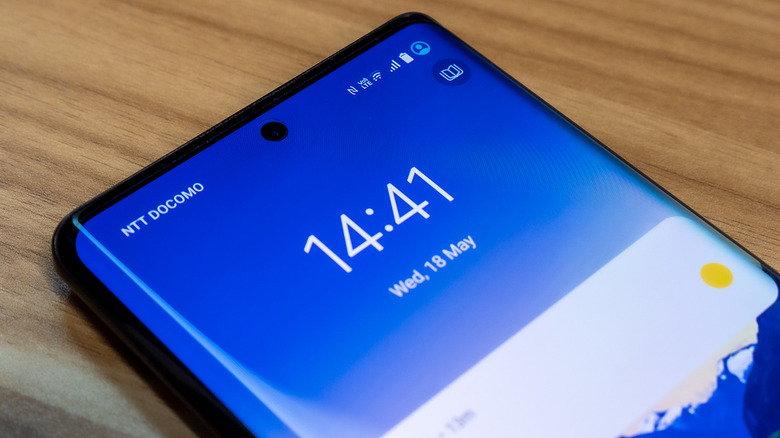
If the back of the Vivo X80 Pro is a bit disconcerting, its front more than makes up for it. Bearing the latest LTPO3 AMOLED E5 screen technology, the large 6.78-inch display is bright, vibrant, full of life, and, more importantly, energy-efficient. Capable of scaling its refresh rate down to 1Hz and up to 120Hz, the screen is a good fit for any use case, be it for gaming, watching videos, scrolling through social media, or even just staring at a beautiful photo.
Whichever the case, the phone tries to minimize the display's impact on battery life as much as it can. Part of it is thanks to that screen technology, but a good part is also due to the new Vivo V1+ imaging chip. An upgrade from its first in-house design, the V1+ was designed to improve not just camera performance but also display efficiency. You might not notice that too much while in use, thanks to the already excellent display, but you will appreciate how it can easily adapt to the app you're using while trying to keep your battery from dying off too soon.
The Vivo X80 Pro boasts stereo speakers, which are on par with its gaming focus. One of the speakers is bottom-firing, while the other is the earpiece pulling double duty. The output is loud, as to be expected, but the sound is definitely fuller coming out of the phone's bottom. You will inevitably cover these speakers with your hands while playing games, so you might want to reach for your favorite wireless buds or earphones for a better experience. And, of course, this phone doesn't have a 3.5mm headphone jack, just like all premium phones today.
Performance
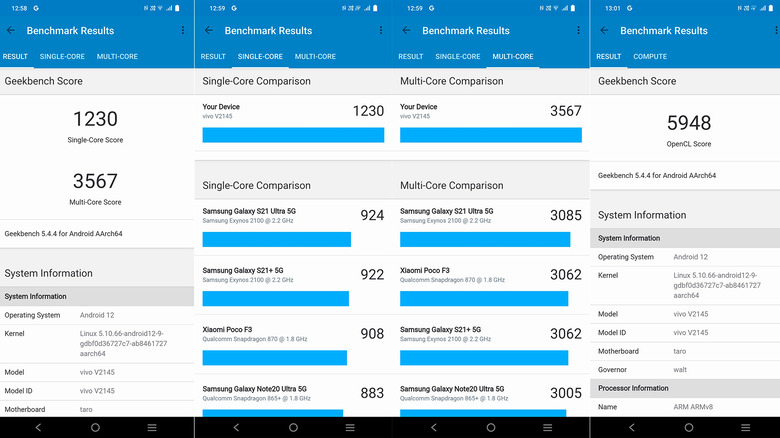
High-end camera hardware will require high-end silicon to support their use, and Vivo definitely didn't cut corners in that department. The Vivo X80 Pro crams the latest Qualcomm Snapdragon 8 Gen 1 processor inside, along with 12GB of fast LPDDR5 RAM and equally fast 256GB UFS 3.1 storage. That RAM is augmented by 4GB more, thanks to Funtouch OS' RAM Expansion, but there is no way to expand that storage with a microSD card.
In terms of raw performance and synthetic benchmarks, the X80 Pro is definitely up there with big brands like Samsung. It isn't exactly a heavy hitter, probably due to its cooling system, but it delivers more stable performance and more consistent numbers, also thanks to that same cooling system. The phone still runs warm, like many Snapdragon 8 Gen 1 phones seem to exhibit, but it doesn't throttle as early as its peers. This gives it a more well-rounded throughput that would mean more consistent frame rates for games, at least for a little while longer.
The 4,700 mAh battery isn't the largest in the industry, but it is still plenty and is actually a step up from last year's Vivo flagship. Combining several features like variable refresh rate, the "Ultra Large Liquid Cooling Vapor Chamber," and the Snapdragon 8 Gen 1's improved power efficiency, the Vivo X80 Pro can last a whole day before needing a charge. And when that time does come, the phone supports Vivo's ultra-fast 80W FlashCharge technology and even 50W Wireless FlashCharge. The former can take the phone from zero to full in less than 40 minutes, while the latter takes a little longer at 50 minutes for the same effect.
Cameras
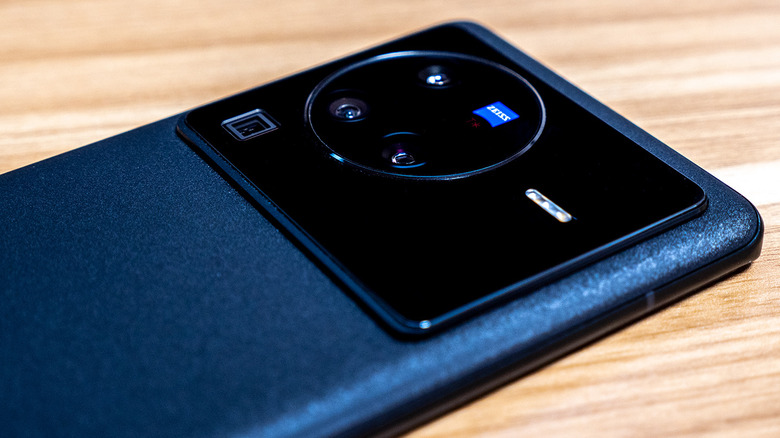
If there was any doubt that the Vivo X80 Pro is all about the cameras, you should see the list of features that Vivo presents about this part of the phone. Of course, you will find ZEISS's name plastered in a lot of places, particularly with its T* ("T star") coating and various ZEISS photography modes. There's also the new V1+ imaging chip mentioned earlier, now with more muscle to help enhance images, whether they're taken by the cameras or being displayed on the screen. To appreciate what these features mean, however, you have to take them together as a whole and see how they work in harmony to produce these glorious photos and videos.
The ZEISS T* coating, for example, works together with AI-powered de-glare and anti-ghosting algorithms to reduce stray lights and glares from nighttime photos. ZEISS lent its expertise and style to create Cinematic Video Bokeh and Cinematic Style Bokeh effects that digitally recreate the classic cinema styles produced by professional cameras. All of these new features build on top of the already impressive performance of Vivo's cameras, upgraded and improved in the X80 Pro thanks to better hardware and smarter algorithms.
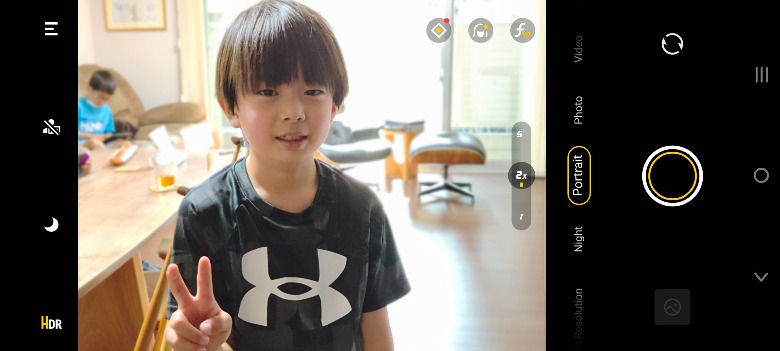
Vivo was the first and so far only smartphone maker that attempted to put a miniature gimbal system in smartphones, and it seems it hasn't settled yet on where that micro gimbal should be. It started on the main camera of the X50 Pro before it moved to the ultra-wide camera on the X60 Pro+ and X70 Pro+. This year, however, the gimbal relocated to the dedicated 12MP portrait camera to enable a "Camera Panning" effect. This involves taking still photos of moving subjects where a linear blur is applied to the background, making the subject in the foreground really pop. As impressive as that effect may be, it sadly limits that powerful gimbal system to a very specific use case instead of something that can be used in general, like in the previous Vivo X Pro models.
Fortunately, the other cameras are able to hold up on their own, even without the gimbal's help. Both the main 50MP camera and the 8MP periscope camera with 5x optical zoom have OIS, and stabilization is never a problem, even when recording video while walking. The 48MP ultra-wide doesn't get any special treatment, however, but it still manages to produce pleasing results, a testament to Vivo's and ZEISS' fine-tuning.
Software
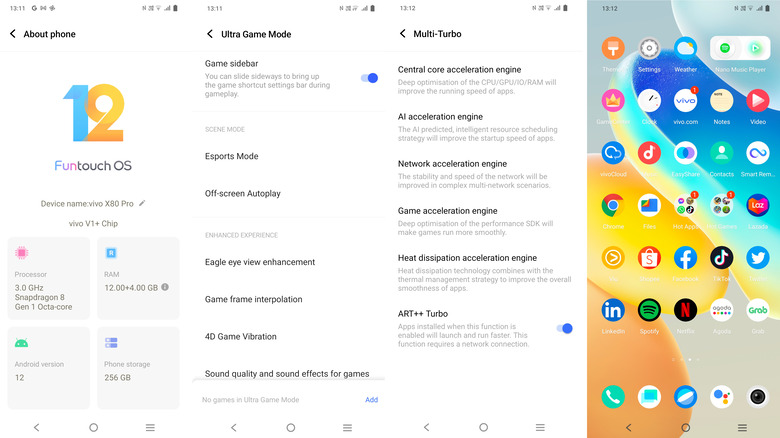
The Vivo X80 Pro runs the company's custom Funtouch OS skin, which is thankfully already based on Android 12, so you won't have to wait for an overdue upgrade. That Vivo experience has plenty of custom options and apps; some of them might not be all that relevant to all users, however. There are definitely a few notable new features this time around, not even including the new modes and options in the camera app.
Extended RAM 2.0, as mentioned, gives an additional 4GB of memory at the expense of a fraction of internal storage. That internal storage also enjoys the new UFS Deep Defragmentation 2.0, which tries to optimize where data is stored to not only improve efficiency but also slow down the degradation of flash storage over time. To protect their privacy and security, users can opt to use "Approximate Location" to be able to use location-based services without giving their exact locations. They can also pin screens before handing their phone to a friend or family member to make sure they don't snoop around other apps or screens without your consent.
Final take
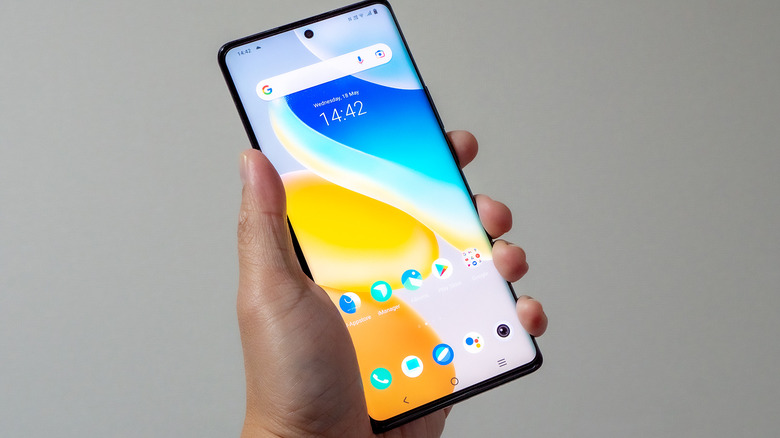
Photography has been one of the constants in the fast-changing world of smartphones. Every year and every generation brings a new sensor or some new technology that tries to improve the quality of smartphone photos and videos while keeping the devices from blowing up in size. To some extent, Vivo doesn't ride that wave and has mostly stuck to its guns, preferring refinement and perfection over hype. That gamble seems to have paid off if the Vivo X80 Pro is any indication.
Taking some of the same cameras from last year's Vivo X70 Pro+, the company was able to evolve its photography experience by building upon what already works and then improving on it. With the new V1+ chip and new cinematic modes from ZEISS, the Vivo X80 Pro is able to prove that the company can indeed rub shoulders with the market's top players in the mobile photography arena. In fact, given its $1,100 starting price and other features, it might have already surpassed them. Unfortunately, it seems that Vivo is also still trying to find its way when it comes to design and where to put its micro gimbal system. Hopefully, it will finally figure that out by the time the Vivo X90 Pro comes around.
Recommend
About Joyk
Aggregate valuable and interesting links.
Joyk means Joy of geeK